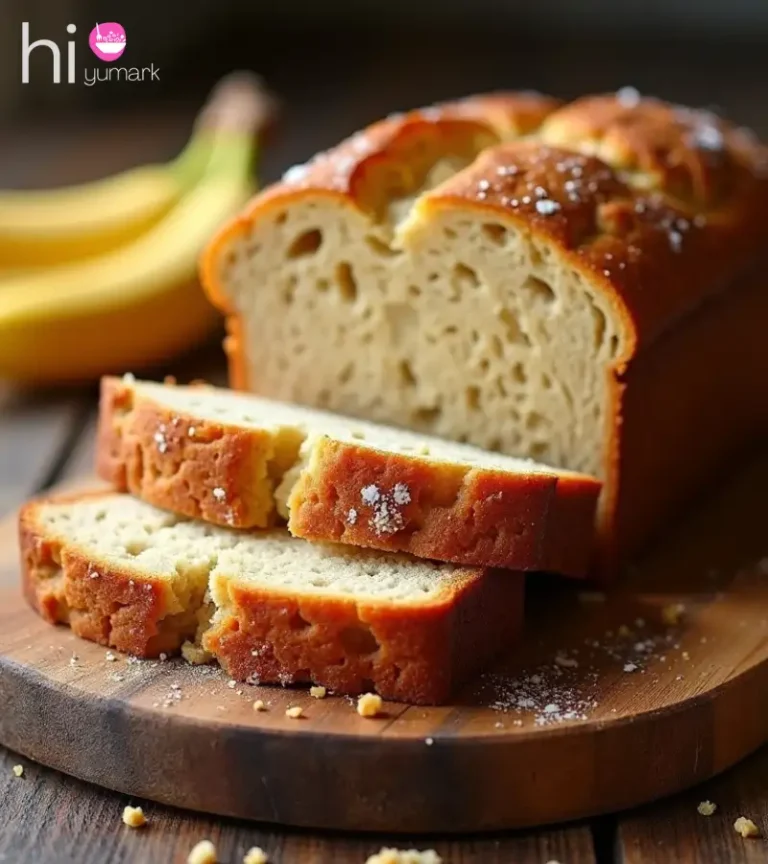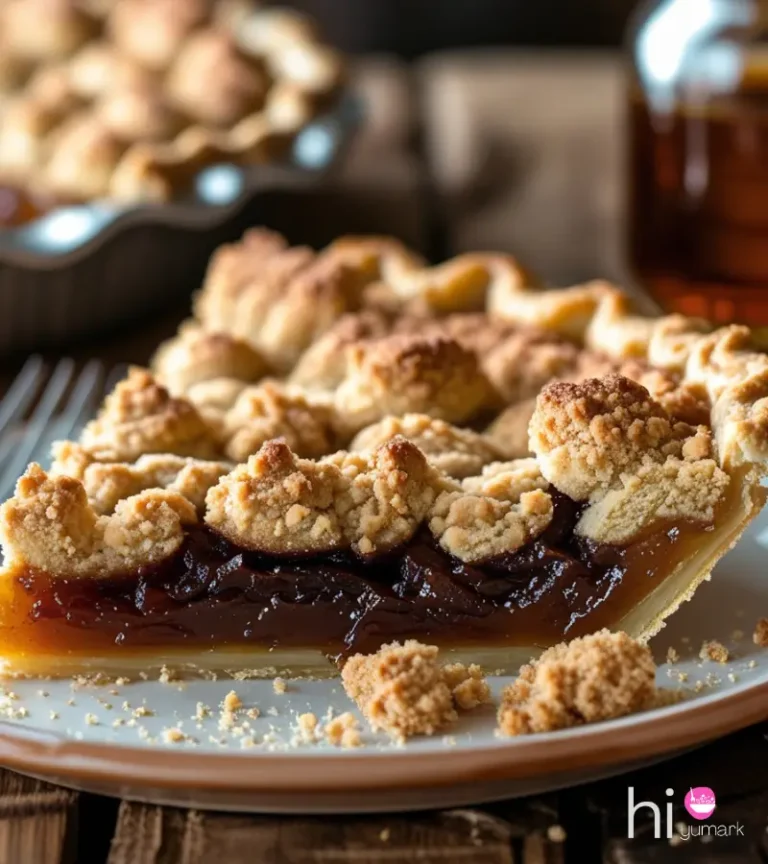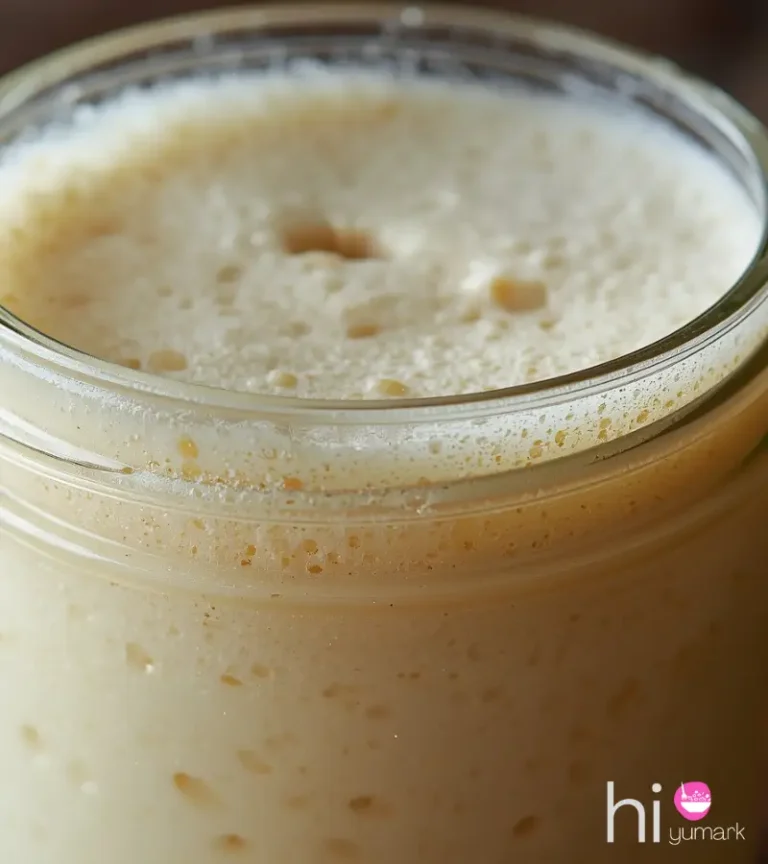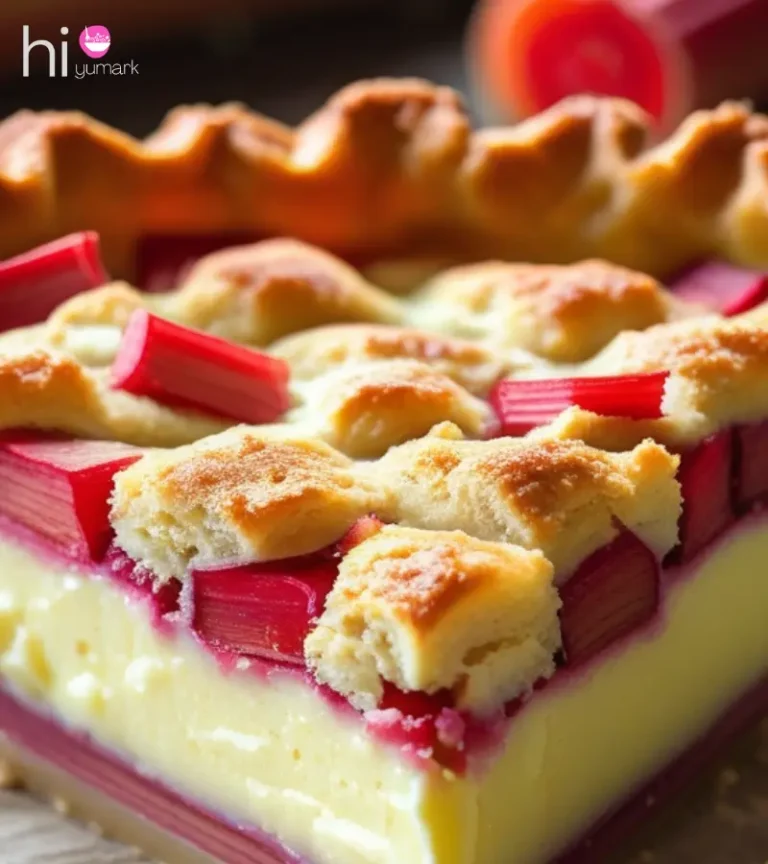Why Does Amish Macaroni Salad Use Vinegar?
If you’ve ever had a bite of Amish macaroni salad, you know it’s not your average picnic pasta. There’s a bright tang cutting through the creamy dressing that makes it strangely addictive. The secret behind that flavor? Vinegar. It’s there to balance the sweetness, sharpen the overall taste, and keep each bite from feeling too heavy.
In classic Amish macaroni salad, vinegar works with sugar, mustard, and mayonnaise to create a sweet-and-tangy profile. This combination is what sets it apart from other macaroni salads. Without vinegar, the flavor would fall flat and taste one-note.
In this article, we’ll break down why vinegar matters, which type to use, how much to add, and the best ways to incorporate it – plus a few regional twists worth trying.
What Vinegar Adds to the Flavor?
Vinegar adds a sharp acidity that balances out rich ingredients like mayonnaise and eggs. It gives the dressing depth so it’s not just creamy – it’s lively.
That tang also makes the sweetness from sugar and relish taste more intentional rather than cloying. The end result is a salad that’s refreshing, even after sitting in the fridge overnight.
Why the Salad Is Both Sweet and Tangy
The sweet-tang balance is the hallmark of Amish macaroni salad. Sugar brings a smooth sweetness, while vinegar brings brightness.
Here’s the basic equation:
| Ingredient | Role in Flavor |
| Vinegar | Tang, acidity, balance |
| Sugar | Sweetness, roundness |
| Mustard | Spice, warmth |
| Sweet pickle relish | Extra sweet-tang kick |
Without vinegar, the sweetness would feel heavy. Without sugar, the vinegar would taste harsh. Together, they create harmony.
Which Vinegar Works Best
Most traditional recipes use white vinegar for a clean, sharp acidity. It’s neutral and lets other flavors shine.
Some cooks prefer apple cider vinegar for a gentler tang and subtle fruitiness. A few modern recipes use white wine vinegar, but that’s less common.
Rule of thumb:
- White vinegar = classic flavor
- Apple cider vinegar = softer tang
- White wine vinegar = lighter, more delicate
How Much Vinegar to Use?
Most recipes call for 2–3 teaspoons of vinegar for about 6 servings. That’s enough to make it tangy without overpowering.
If you’re adjusting a recipe, start small. You can always add more vinegar after tasting, but you can’t take it out.
Vinegar’s Effect on Texture and Preservation
Vinegar slightly thins the dressing, helping it coat pasta evenly without clumping. This keeps the salad light and prevents the mayonnaise from feeling greasy.
Its acidity also slows down bacterial growth a little, which is why the salad can taste fresh for a couple of days when stored properly.
Adding Vinegar to Hot Pasta
Many cooks drizzle vinegar over the pasta while it’s still hot. This trick lets the noodles absorb flavor before the dressing even goes on.
It also helps prevent the pasta from soaking up too much mayo later, which keeps the salad from drying out.
Tradition vs. Modern Preference
Vinegar in Amish macaroni salad isn’t a trendy twist—it’s part of the tradition.
Old recipes from Amish communities combine vinegar, sugar, mustard, and sweet relish. These pantry staples created a dressing that was easy to make, tasted balanced, and lasted well in storage.
Regional and Family Variations
Some families skip straight vinegar and instead use pickle juice or bread-and-butter pickle brine. This adds the same tang plus extra depth from the pickling spices.
Others double down on sweetness, using more sugar and milder vinegar to keep the tang gentle.
What People Say About the Flavor
On Reddit, one user summed it up: “It’s supposed to be sweet and tangy, it has added sugar and sweet pickle relish.”
That sweet-tang is why people either absolutely love Amish macaroni salad—or it’s just not for them.
How to Use Vinegar the Right Way
- Add early: Toss vinegar with hot pasta before adding dressing.
- Balance carefully: Taste after mixing—adjust sugar or vinegar as needed.
- Pair with the right mustard: Yellow mustard keeps it traditional; Dijon changes the flavor.
Conclusion
Vinegar in Amish macaroni salad isn’t an accident – it’s the backbone of the flavor. It turns a plain, creamy pasta salad into something bright and crave-worthy.
Choosing the right vinegar and using it strategically can make your salad taste like it came straight from an Amish kitchen. Just remember the balance – too little vinegar, and it’s bland; too much, and it’s sharp.
Next time you make macaroni salad, think about what that splash of vinegar is doing. It’s more than seasoning – it’s the reason every forkful keeps you going back for more.
Read related Amish recipe queries






